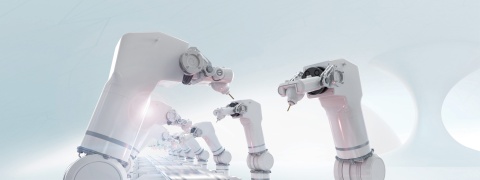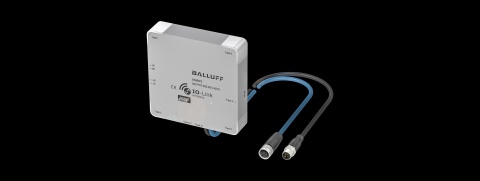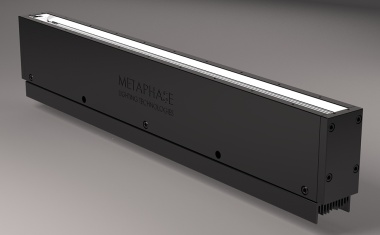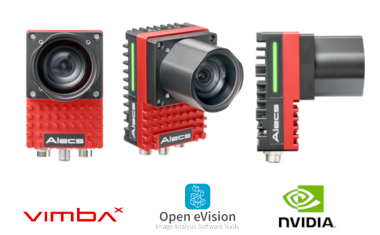IO Link Wireless - When Classic Data transmission Reaches Its Limits

As a digital interface, the IO-Link communication standard enables a fieldbus-independent point-to-point connection and seamless communication between the intelligent sensor and the automation system. With the introduction of IO-Link Wireless, Balluff is now expanding its own IO-Link portfolio to include a wireless solution. "Whether in inaccessible places, in robotics or in highly dynamic transport systems: IO-Link Wireless promises an even more flexible and sustainable application - while maintaining system integration and compatibility," says Michael Zahlecker, product manager at Balluff. Customers already using IO-Link can configure IO-Link Wireless via the integrated web server.

Data reception via a wireless connection
Instead of using cables, the wireless master receives the sensor data by radio via a bridge or hub. Easier planning and installation, greater flexibility and mobility, and the elimination of plugs or cables are among the advantages over a wired system. At the same time, IO-Link Wireless can be used worldwide without a license in a frequency range of 2.4-2.483 GHz. "During the development of IO-Link Wireless, high reliability was of paramount importance to us," explains Michael Zahlecker. A latency of 5 ms and an error rate of 10-9 thus enable a direct connection as well as fast and reliable data transmission. Another plus point is the problem-free scaling and extended integration of up to 40 devices.
Author: Michael Zahlecker, Produkt Manager at Balluff








